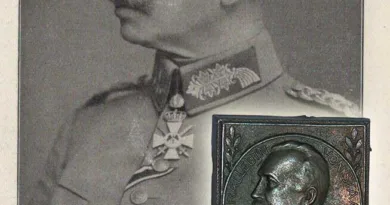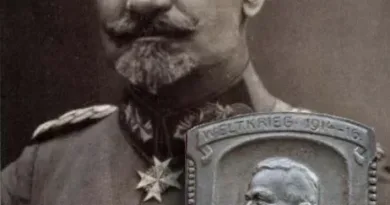Archduke Eugen
He was born in the Teschen branch of the House of Habsburg-Lothringen. Like most Habsburg boys, he was sent to military schools. He graduated as lieutenant in 1881. Soon in 1885, he was assigned to the General Staff after graduating from the Theresianum Military Academy in Wiener Neustadt. He was promoted colonel in 1890, and became commander of the 15th Hussar Regiment in 1891. He moved quickly through the ranks and was given command posts corresponding to his rank. In 1900, at the age of 37, he became a cavalry general and commander of the 14th Corps. This corps was responsible for the defense of Tyrol. Later, in the Great War, he commanded the defense of this front line.
His name is mostly associated with the Order of Teutonic Knights, as he was the last (58th) secular master of the order. He entered the order in 1887 and was inaugurated Grand Master in 1894. He held this position until 1923. Together with the title of Grand Master, he also became the owner of the Vienna 4th “Hoch- und Deutschmeister” infantry regiment. From May 1915 he became commander of the then opened south-west (Italian) front. Since March 1916, this front was officially named the Army Group of Archduke Eugen. The army group’s well-known, beautiful Kappenabzeichen can also be linked to the archduke’s orderly attachment with the figure of the medieval knight protecting the area.
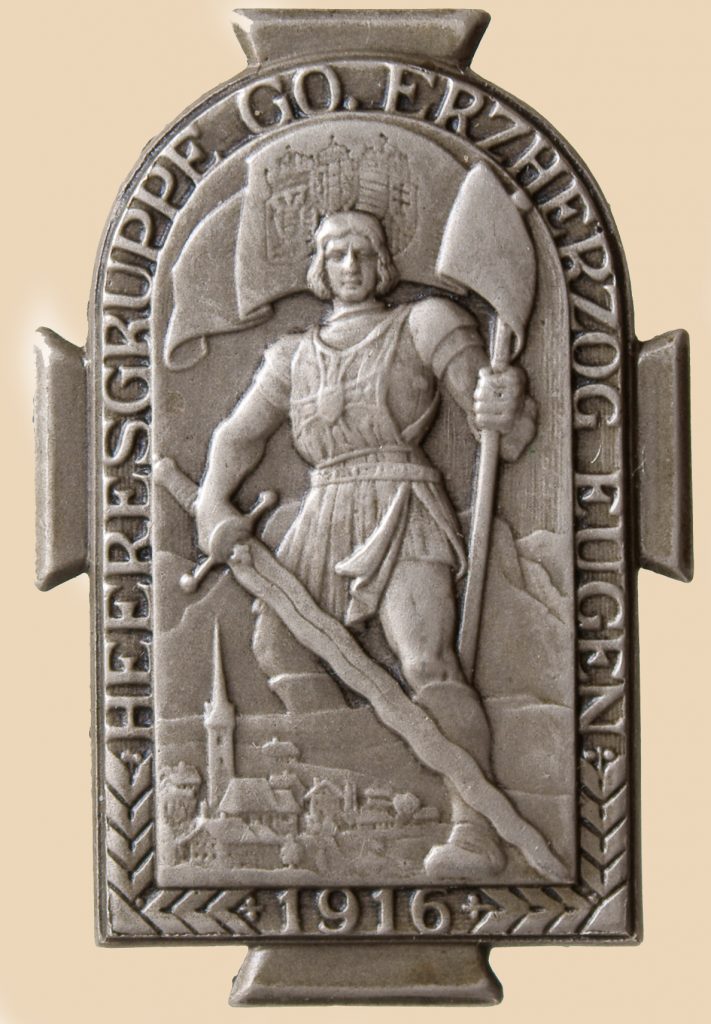
Several other badges were created with the portrait of Archduke Eugen. For example, a badge from the South-West Front, where a small portrait of the Archduke can be seen at the top of the badge.
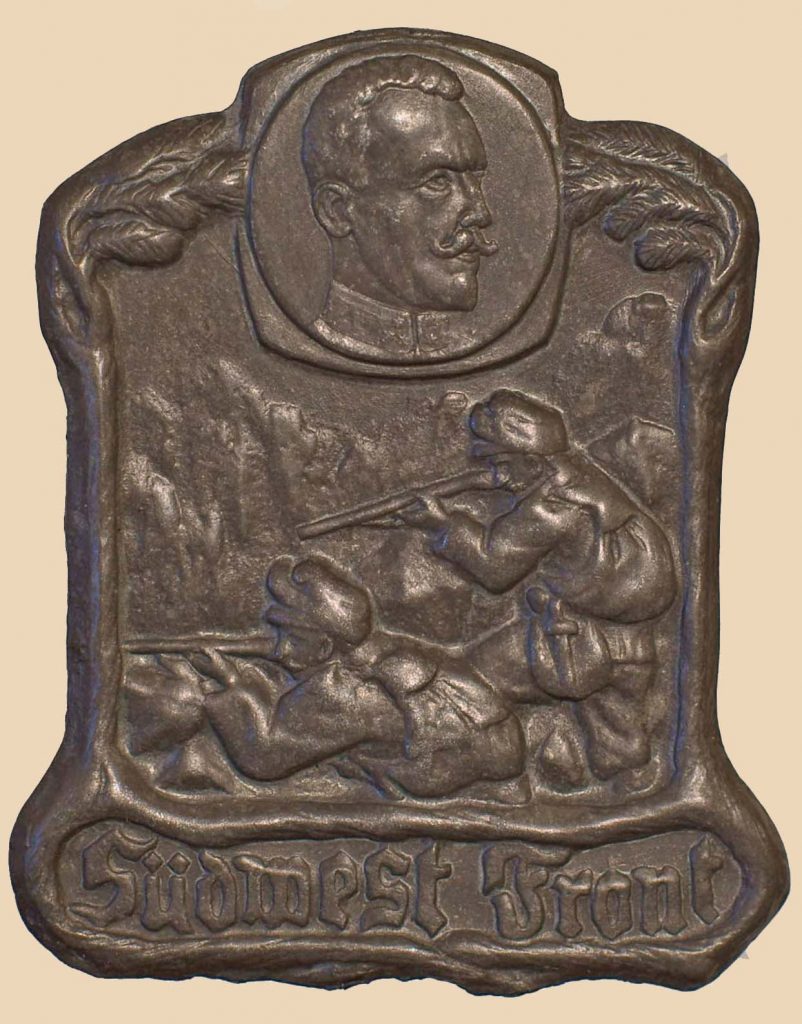
His portrait also adorns the badge labeled “Pusterthal 1916.” This badge refers to the central part of the south-west front, which is located in the province of Carinthia. Behind the high mountain that forms the border lies the Puster Valley. Similar to the image on this badge Archduke Eugen’s portrait appears in the opening image. Beneath the portrait, the cross of the Teutonic Order is the main decorative element.
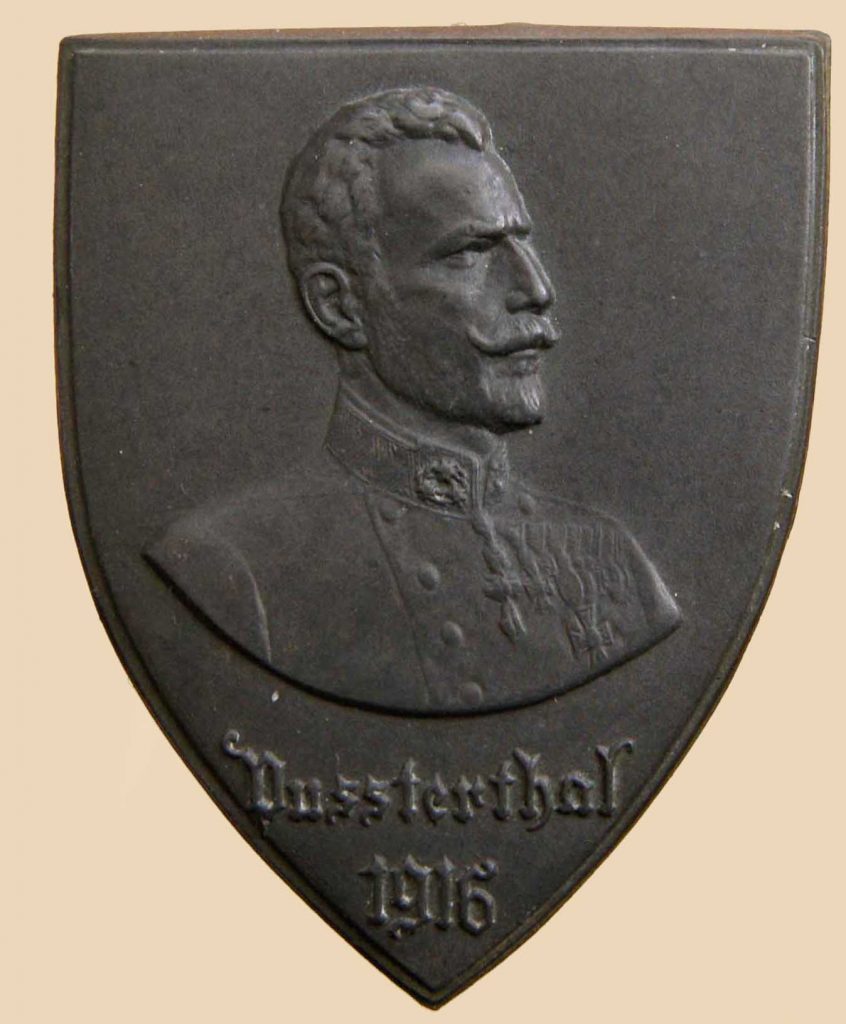
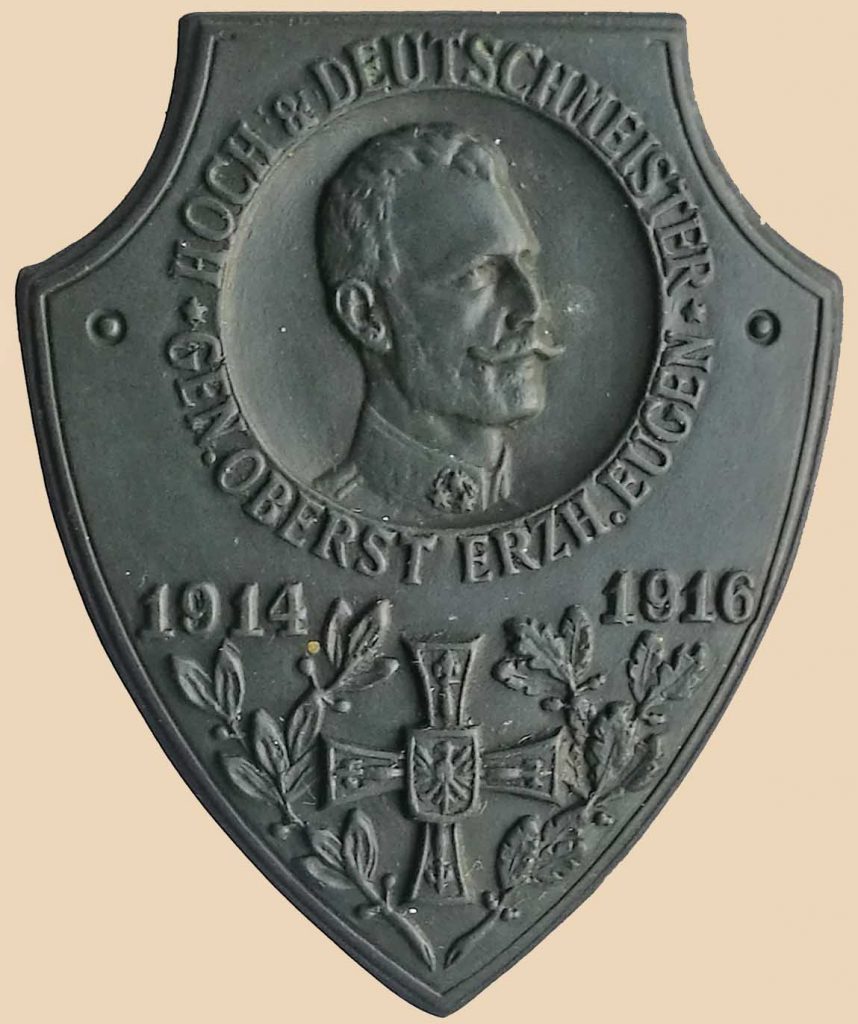
Archduke Eugen was in command until December 18, 1917. He was then recalled and even dismissed from active military service by Emperor Charles. According to some opinions, this was done because the Archduke was supposed to be appointed commander-in-chief of the army, but the young emperor reserved this post for himself. After the Great War, he emigrated to Switzerland. He also resigned as grandmaster. In 1934, he moved back to Austria. After the Anschluss in 1938, he was allowed to stay in the Vienna area, and he was not harassed. In 1945, he fled to Tyrol from the Soviets who occupied Vienna. He lived there until his death in 1955.


